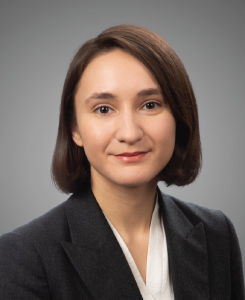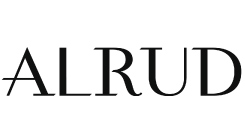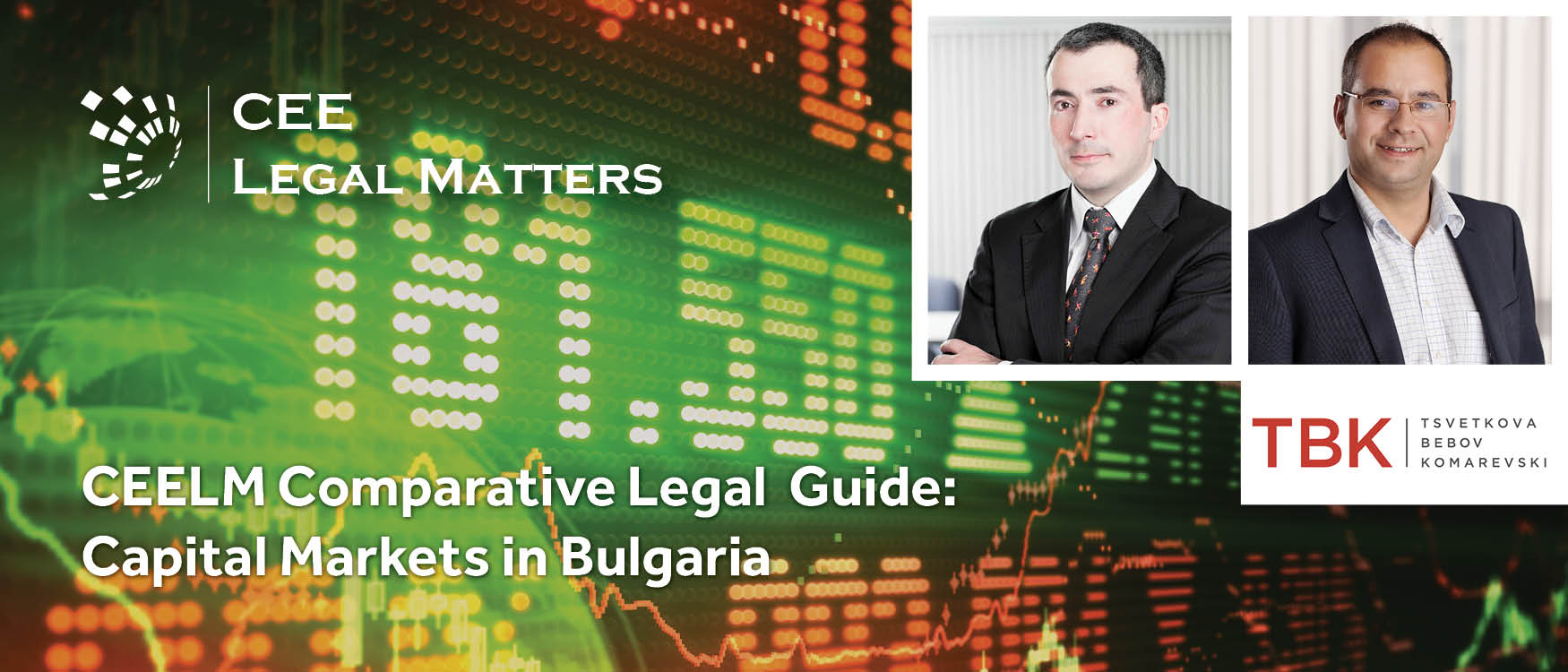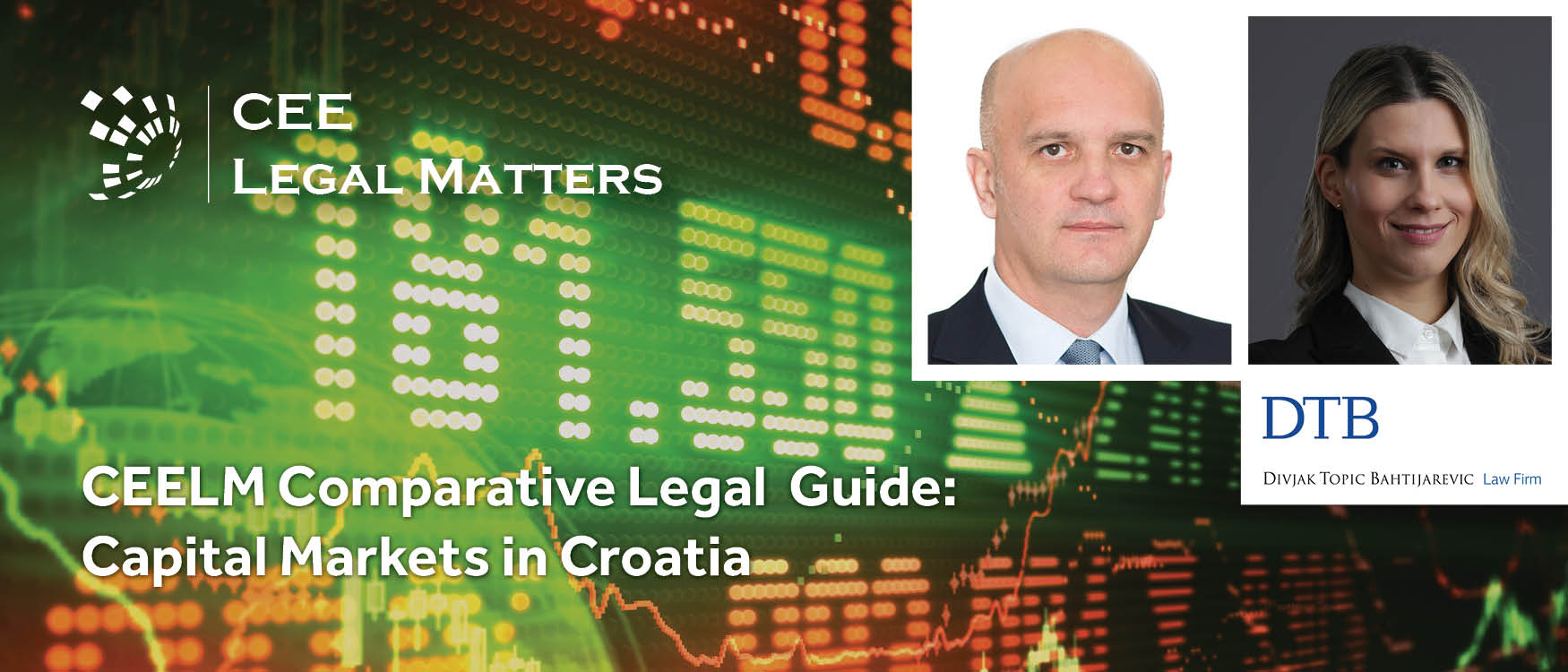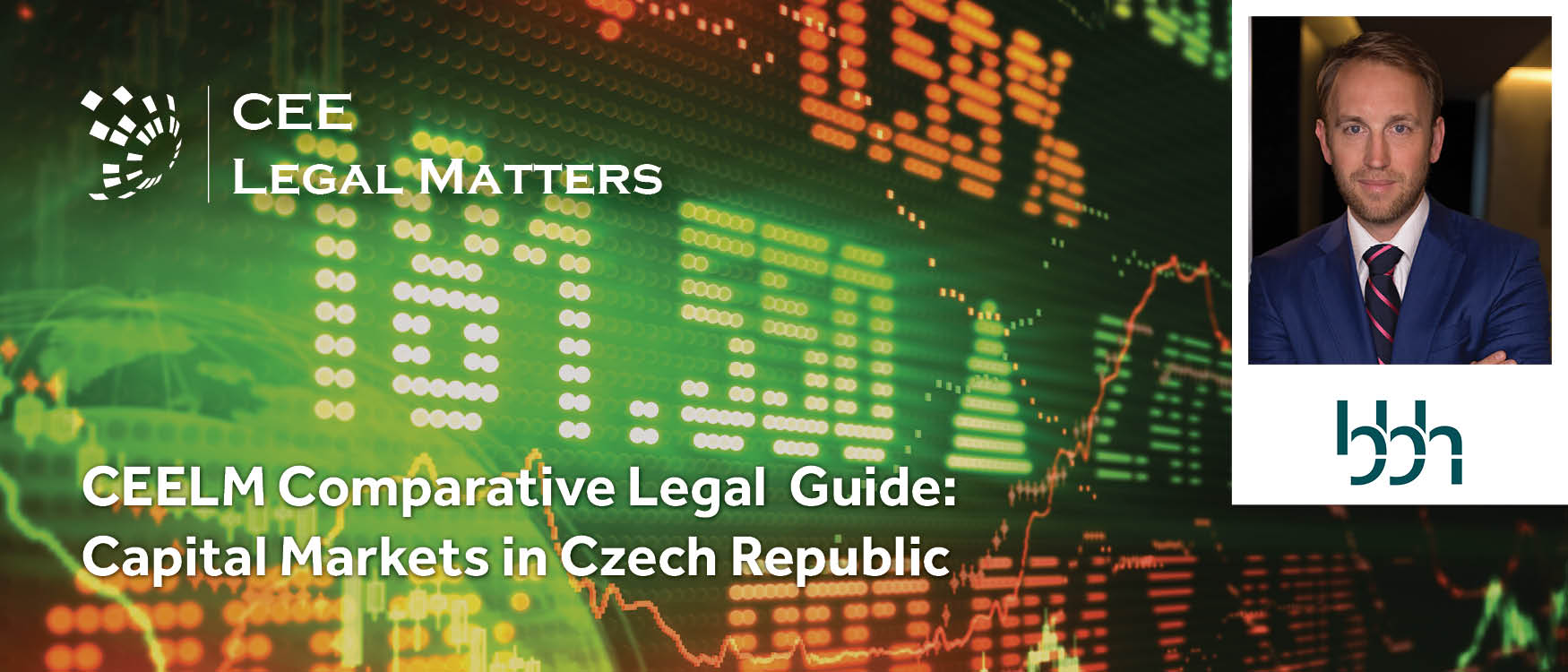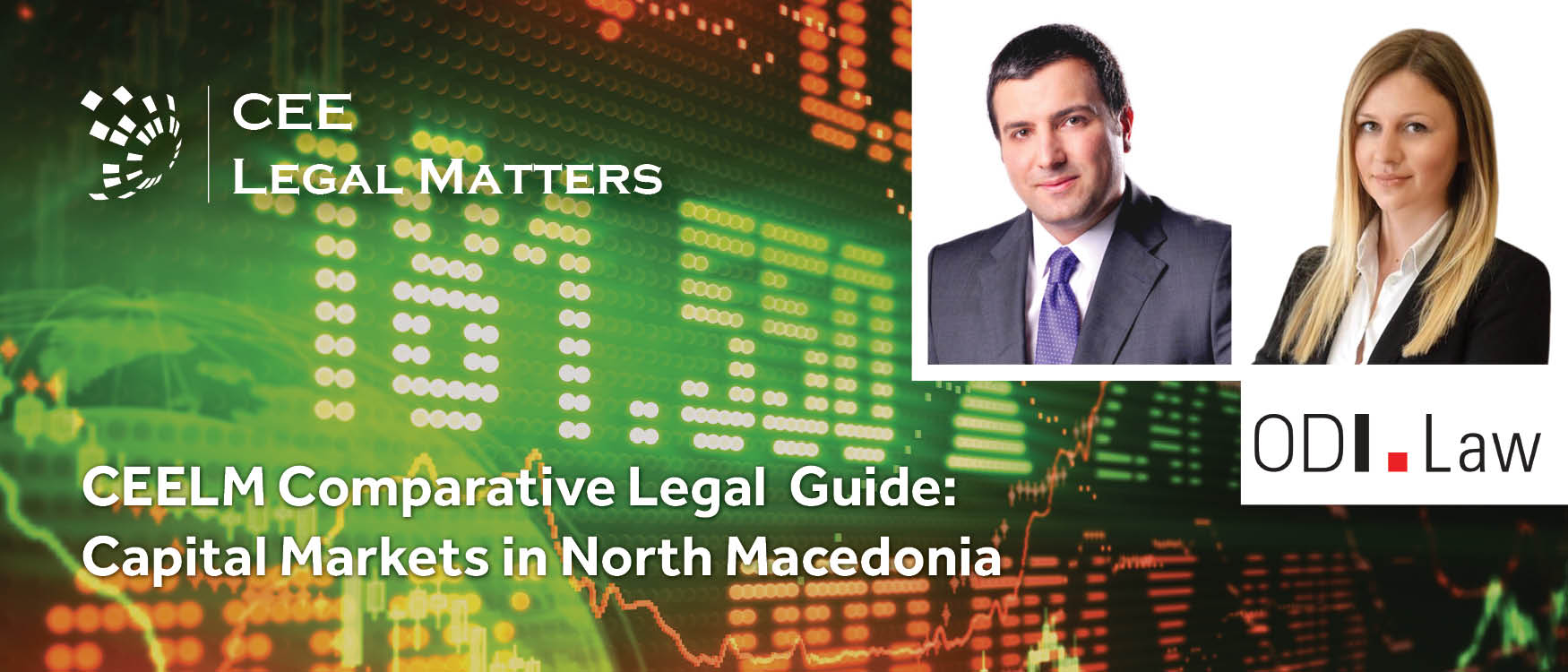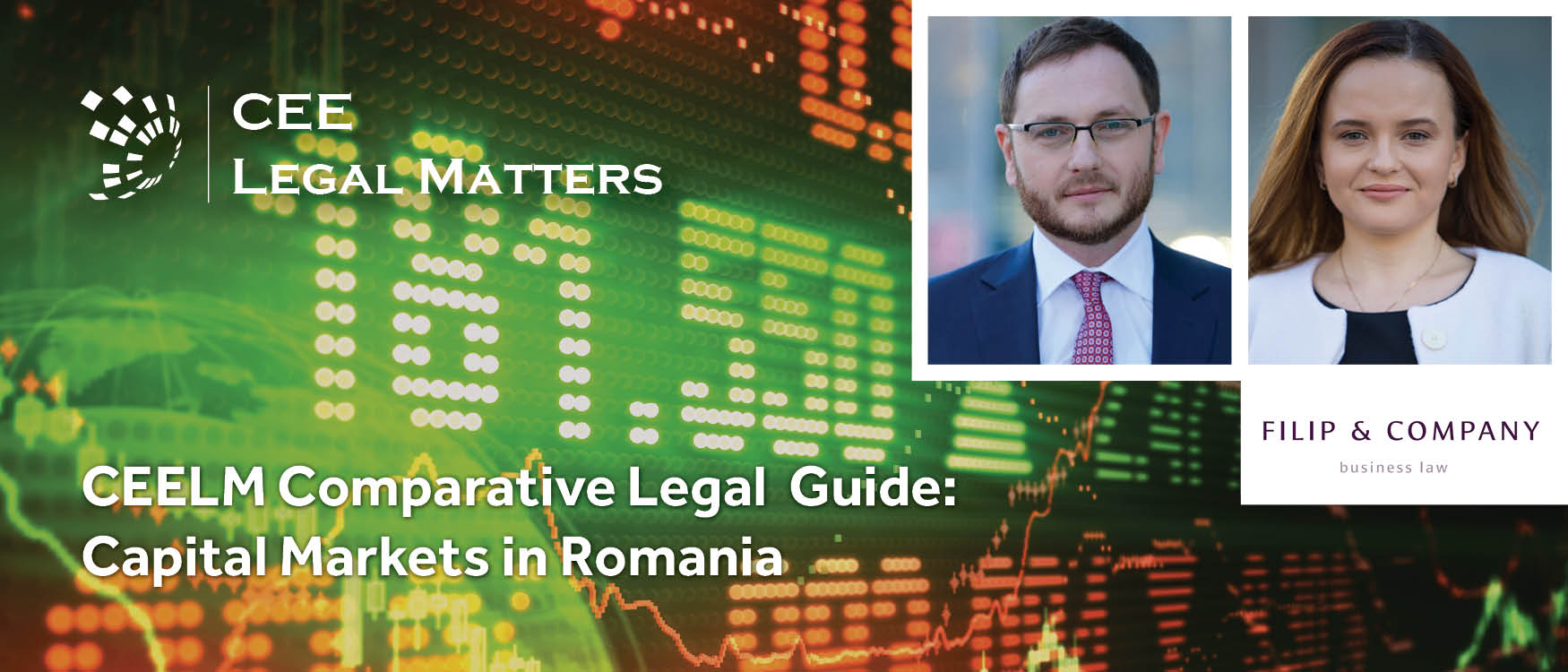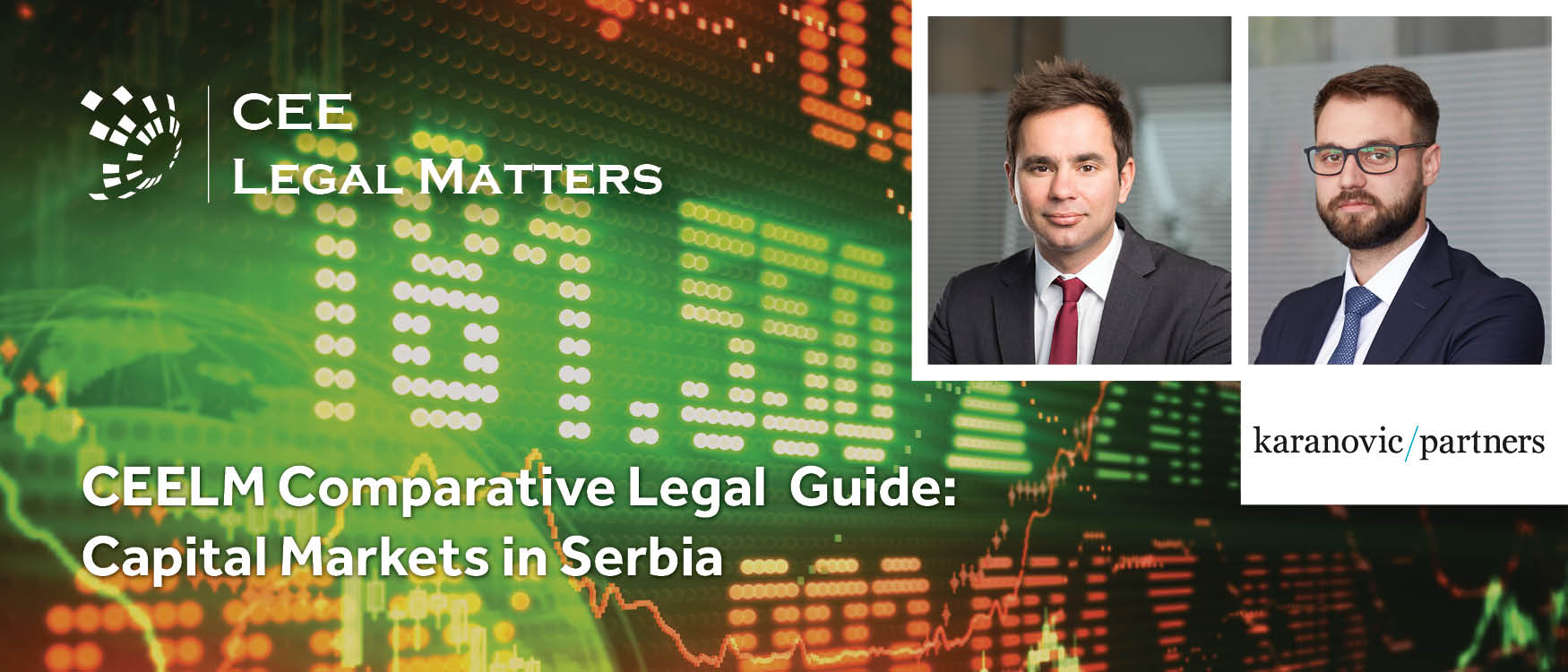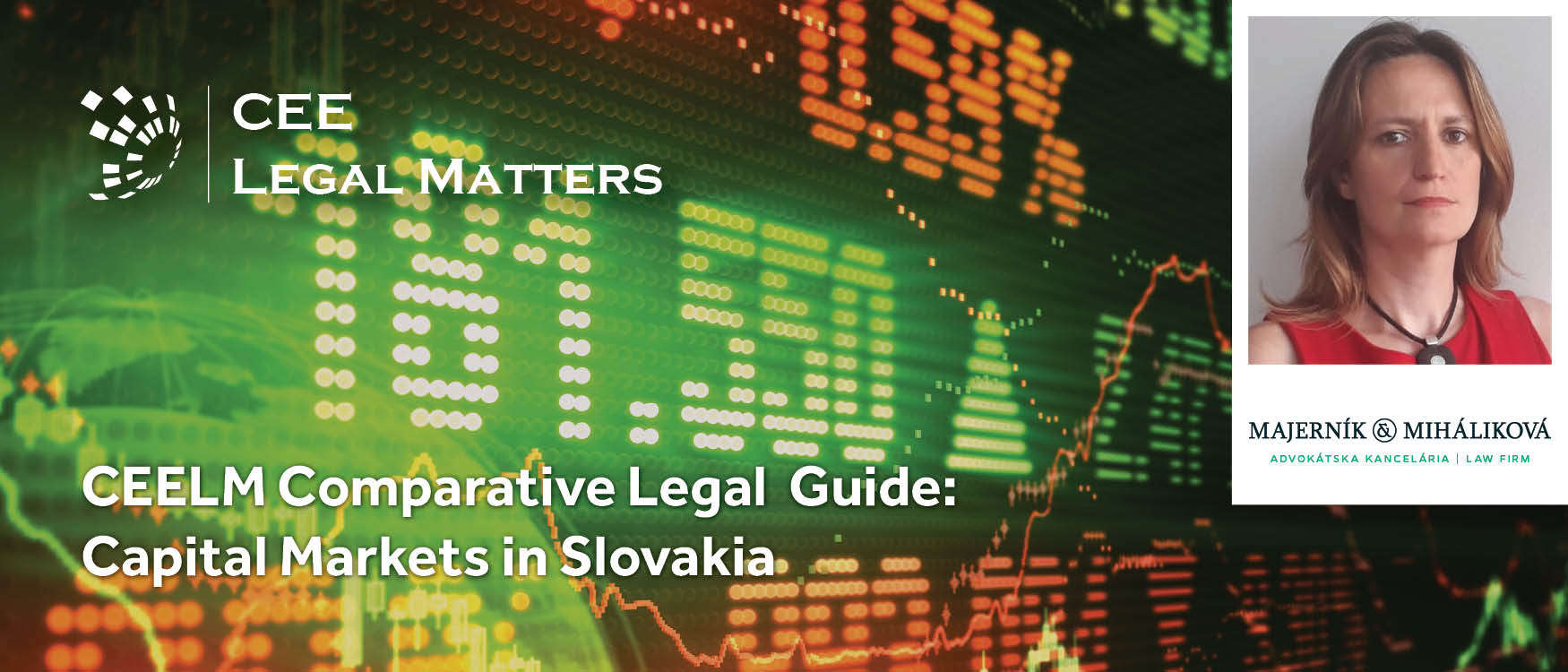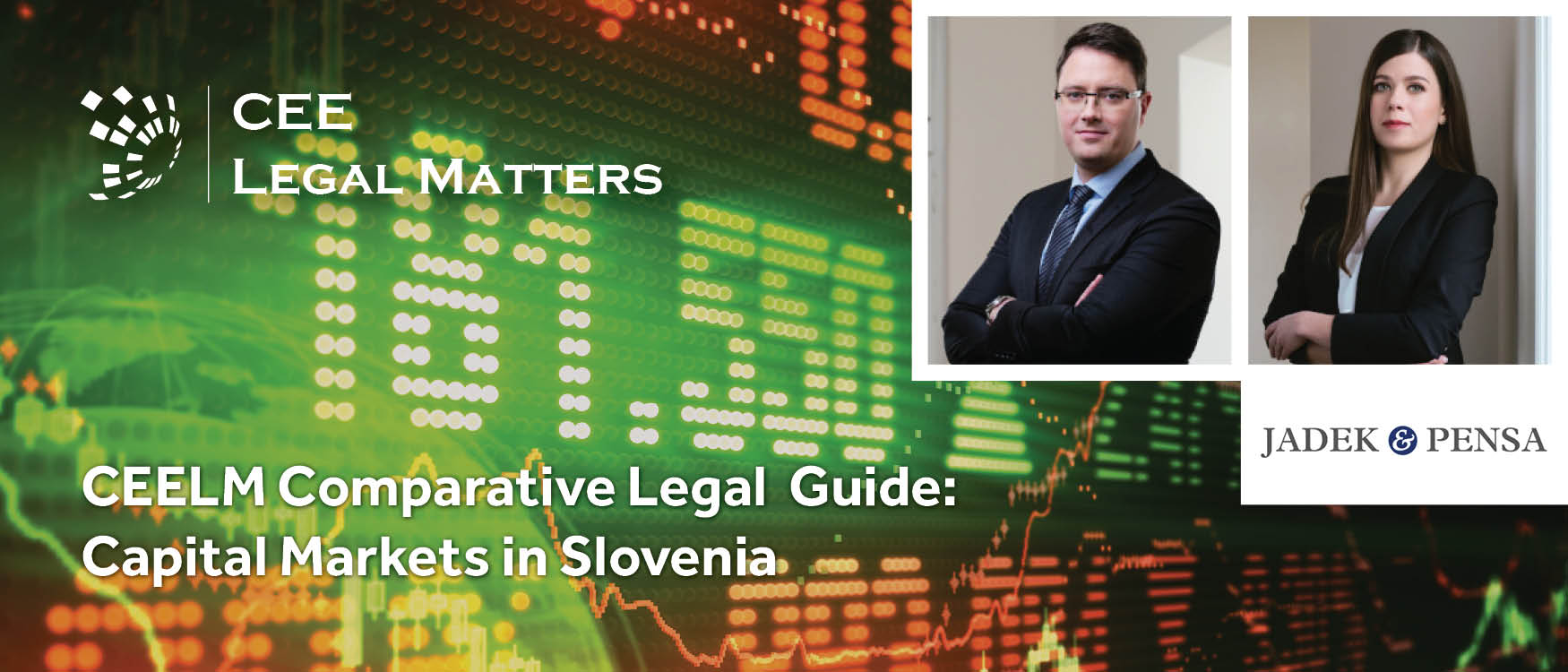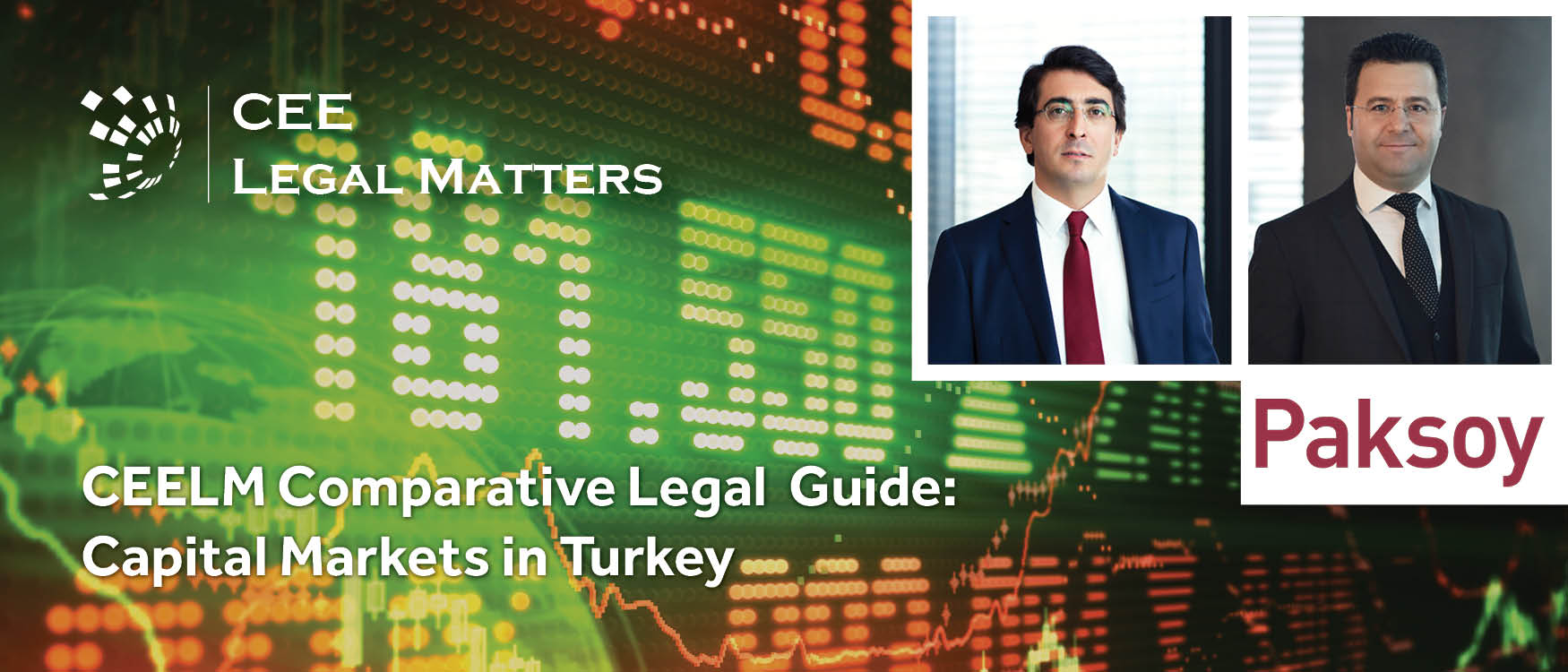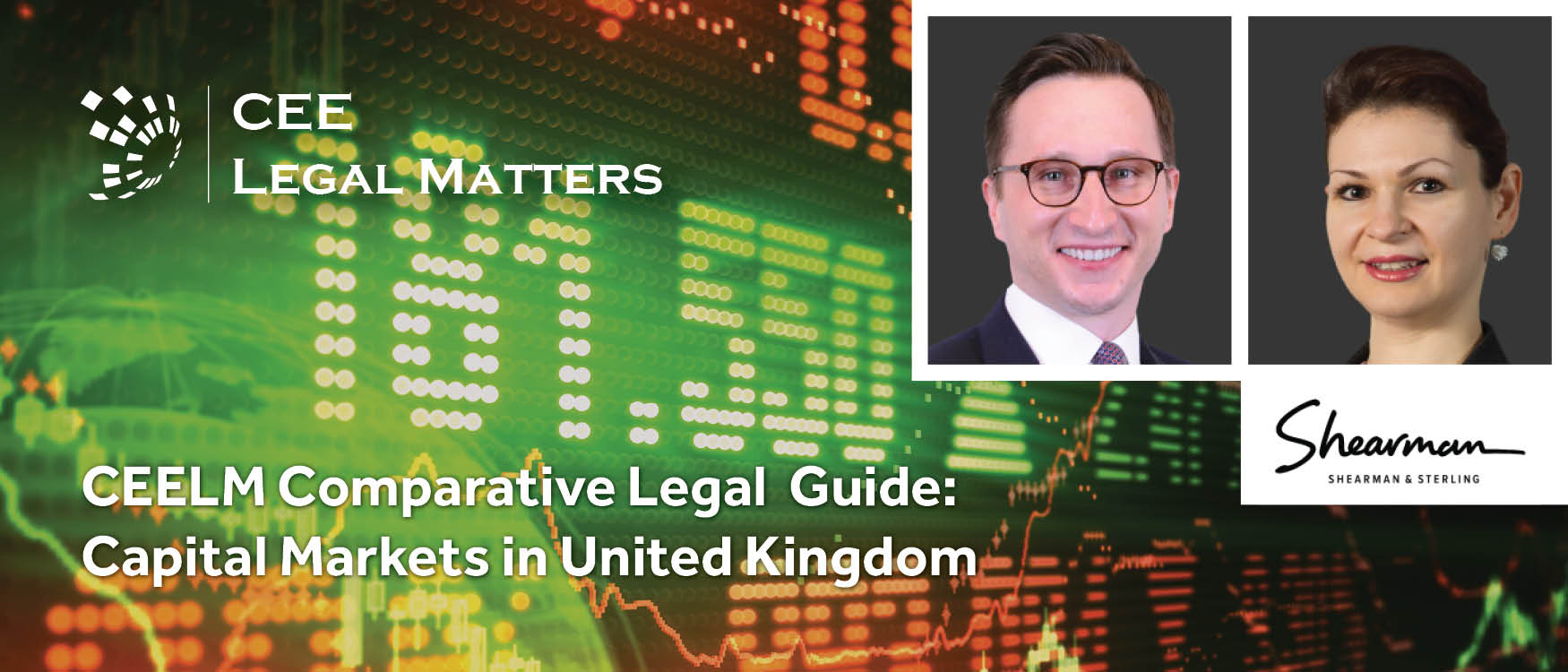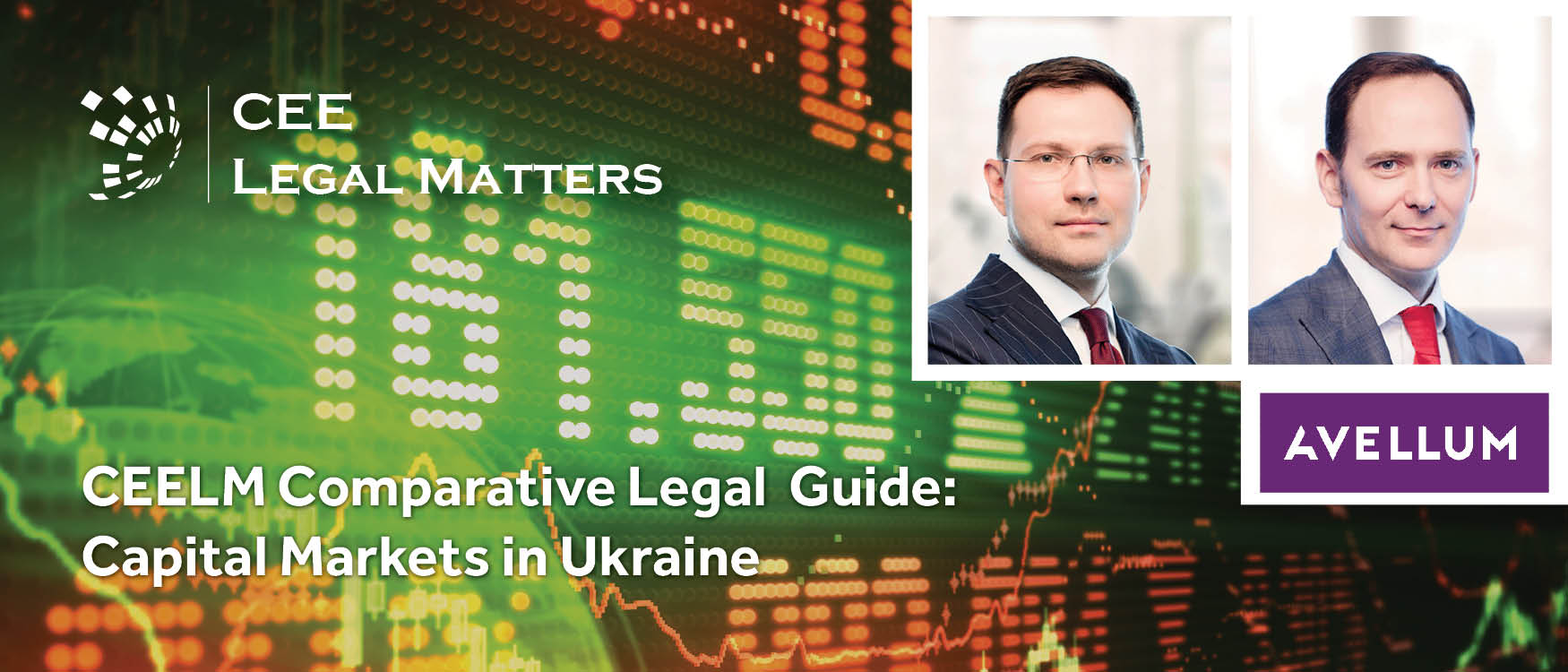Contributed by Alrud.
1. Market Overview
The Russian securities market has been rapidly developing since the early 1990’s and has seen many phases, from boom to crisis. Despite its volatility, it can be characterized as an efficient, emerging stock market with a well-developed infrastructure that notably attracts significant numbers of foreign investors. The Bank of Russia (CBR) is the integrated regulator of the Russian financial sector. The CBR consolidated the regulatory powers over capital markets following the dissolution of Federal Financial Markets Service, on 1st September 2013.
1.1. Biggest Equity Capital Markets (ECM) and Debt Capital Markets (DCM) transactions over the past 2-3 years
As regards the ECM transactions, the Russian market has experienced a significant decline in the number of IPOs in the past 3 years. Only three companies held IPOs in Russia in 2017, the most notable being that of Detsky Mir, or Children’s World, the largest children’s goods retailer in the CIS region. (This IPO raised USD 355 million.) In 2018 and 2019, there were no IPOs in the Russian market. However, Headhunter, a Russian largest online job-search platform went public on NASDAQ in 2019 and raised USD 220 million, which was the first Russian IPO in the US following the Ukrainian crisis.
The Russian Secondary Public Offering market has been more active over the past 3 years. The largest transactions, during this period, include domestic, public secondary offerings in 2019 by Norilsk Nikel, a Russian nickel, palladium mining and smelting company (raised USD 550 million), Polyus Gold, a Russian gold mining company (raised USD 390 million), and, in 2017, by Magnit, one of the largest Russian retail chains (raised USD 735 million).
Russian companies also held a number of SPOs on foreign exchanges, including the London Stock Exchange (LSE). These include LSE offerings by Evraz, a steel-making and mining group, En + Group, a Russian energy and metals company, and the above-mentioned Polyus Gold.
The debt market remains the key source of financing for many Russian corporates, its size having doubled since 2014. The issuers with the highest volumes of bond issuance include oil-mining corporations such as Rosneft and Transneft, DOM.RF, a state mortgage agency which issues mortgage-backed bonds, and leading Russian banks, including Sberbank, VTB and Gazprombank.
2. Overview of the local stock exchange and listing segments (markets)
2.1. Regulated market
Moscow Stock Exchange (MOEX) is the main securities exchange, hosting trading in equities, bonds, derivatives, currencies, money market instruments and commodities. It was created as a result of a merger of two largest state-controlled stock exchanges, Moscow Interbank Currency Exchange (MICEX) and the Russian Trading System (RTS). The National Settlement Depository having the status of Russia’s central securities depository and the National Clearing Centre, which acts as the central counterparty, also form part of MOEX Group.
MOEX is one of the top 20 stock exchanges in the world by total capitalisation of traded shares, and one of the 10 largest exchanges for bonds and derivatives. More than 700 issuers have their securities listed on MOEX.
Another Russian stock exchange is the Saint-Petersburg Exchange (SPBEX). Originally known as a platform for trading in commodities, SPBEX was rebranded in 2014 and launched trading in Russian shares, as well as admitting to trading foreign shares from the S&P 500 Index (such as Apple, Twitter, Netflix). This allows Russian retail investors access to a wide range of stocks of top global issuers.
2.2. Non-regulated market
Transactions with unlisted securities and OTC derivatives are made in a non-regulated market. Such transactions are sometimes entered into using an exchange infrastructure. For instance, MOEX provides services for non-organized trading in bonds through a special platform: this enables users to find counterparties for private transactions. As for the OTC derivatives market, the CBR intends to place certain restrictions on these trades, in particular, introduce mandatory centralized clearing and margin requirements, with respect to selected types of over-the-counter derivatives.
2.3. Listing segments
Pursuant to the Federal Law No. 39-FZ “On Securities Market” dated 22nd April 1996, as amended (the “Securities Law”), listing means inclusion of securities in the list of securities, admitted to organised trading for entering into sale and purchase agreements, including in the quotation lists, by a Russian stock exchange.
The list of securities admitted to organized trading includes quotation and non-quotation sections. The list established by MOEX consists of three levels. The first and second levels are quotation lists, and the third level forms a non-quotation part of it. Inclusion to each level is subject to compliance of the securities, and their issuer, with general listing requirements and a particular set of requirements.
The advantages of admission of securities to quotation lists include enhancing the liquidity of the securities and the issuer’s status, as well as increasing the number of potential buyers. In turn, requirements for admission to the first and second levels are stricter, as they constitute a certain comfort for the investors. The non-quotation part enables both long-existing companies and start-ups, that want to avoid more burdensome requirements, to gain access to financial market.
3. Key Listing Requirements
Securities can be admitted to the list in the course of their placement, which is the transfer of the securities, by an issuer, to the first owners. This is achieved by entering into transactions (i.e. primary offering), and circulation, which is entering into transactions that entail a transfer of title to the securities.
Requirements for the admission of securities to the stock exchange list can be divided into general, or applicable to all listing levels, and additional, which shall be complied with respect to admission to the quotation levels of the list.
General requirements include the following:
- the securities shall comply with the requirements of the laws of the Russian Federation, including regulations of the CBR;
- A prospectus is registered in respect of the securities;
- The issuer undertakes obligations to disclose information, in accordance with the requirements of the securities laws of the Russian Federation.
Securities can be admitted in a non-quotation third level of the list based on compliance with the general requirements.
To be listed in the first and second levels, the issuer must ensure the observance of the additional requirements, which are different for shares and bonds.
3.1. ECM
Additional requirements for shares can be divided into four main categories:
The number of free-float shares and their total market value
For instance, in respect of the first level of the list, the free float must be at least 10% of shares, if a market capitalization of shares exceeds RUB 60 billion, and the total market value of shares must be not less than RUB 3 billion for ordinary shares, and RUB 1 billion, for preferred shares.
Minimum period of existence of the issuer
To be eligible for the first level, the issuer must have been in business for at least 3 years, while the minimum length of existence for the second level is 1 year.
Drafting and disclosure of financial (accounting) statements, in accordance with the International Financial Reporting Standards (IFRS), or other internationally-recognized reporting standards
The applicable reporting periods differ for the first and second level of the list, being 3 completed years and 1 completed year, preceding the date of admission of the shares into the list, respectively.
Corporate governance requirements
The structure and functions of the issuer’s management bodies must conform to the requirements established by MOEX listing rules. For inclusion in both the first and second levels of the list, the issuer must have a board of directors and an audit committee, a corporate secretary and an internal department responsible for internal audit, as well as adopt bylaws on internal audit and a dividend policy.
Apart from the requirements common for both quotation parts, the conditions for admission to the first level include a higher number of independent directors on the board of directors and an audit committee in comparison with the second list, formation of a remuneration committee and a nominations committee, and adoption of bylaws establishing the position of corporate secretary.
3.2. DCM
Additional requirements for bonds partially coincide with those for shares, in particular, drafting and disclosure of financial (accounting) statements in accordance with the IFRS, or other internationally-recognized reporting standards. However, other additional requirements, for admission of bonds into the quotation lists, are distinct from the conditions for shares and can be classified as follows:
The minimum amount of the total volume of bonds and the maximum nominal value of a single bond:
The minimum amount of the total volume of bonds must be at least RUB 2 billion for admission to the first level, and at least RUB 500 million, to the second level. The maximum nominal value of a single bond must not exceed RUB 50,000 or, if the value is denominated in a foreign currency, 1,000 monetary units in such currency, for both levels.
The minimum period of existence of the issuer, or a person providing security, in respect of bonds:
In respect of the first level, the issuer must exist at least 3 years. The second level listing may be performed, if the issuer has existed at least 1 year or, if security is provided with respect to bonds, not less than 3 months, provided that the guarantor, or surety, exists at least 1 year.
Absence of previous default on obligations on behalf of the issuer:
There should be no previous defaults, or at least 3 or 2 years should have passed since the termination of the relevant obligations, with respect to the first and second level respectively.
Level of credit rating of the issuer, or a person providing security, in respect of bonds:
The levels of credit rating must be not less than those set forth by the MOEX.
Nomination of representative (trustee) for bondholders:
The requirement is applicable to unsecured bonds to be listed in the second level.
Corporate governance requirements
The list of corporate governance requirements for bonds is less than those for shares. However, these include formation of a board of directors, internal audit department and adoption of a policy on internal audit.
The additional requirements for specific types of bonds, for instance, exchange-registered bonds, state-issued bonds, as well as securities of foreign issuers, can further differ.
4. Prospectus Disclosure
4.1.. Regulatory regimes (Prospectus Regulation, or similar) – equity and debt and local market practice
The prospectus is the key document of the issuer, when listing its securities on a stock exchange, and is the main source of information about the company, for both the regulators and potential investors. For this reason, the prospectus must be comprehensive and structured, to be understood by both professional and less-sophisticated investors.
The prospectus includes both information, which is compulsory to be disclosed under the disclosure requirements of regulatory bodies, and information which the company wants to disclose voluntarily, in order to attract investors.
The prospectus regime in Russia is primarily governed by the Securities Law.
The detailed requirements for the prospectus disclosure are set out in the secondary legislation, including:
- Regulation of the CBR No. 454-P dated 30th December 2014 “On information disclosure by the issuers of issue-grade securities” (contains detailed requirements for the form and content of the prospectus, its drafting and filing with the relevant authority);
- Regulation of the CBR No. 428-P dated 11th August 2014 “On standards for the issuance of securities, the procedure for state registration of the issuance (additional issuance) of issue-grade securities, state registration of reports on the results of the issuance (additional issuance) of issue-grade securities and registration of prospectuses of securities” (covers procedural matters on registration of the prospectus);
- Order of the Federal Financial Markets Service of Russia No. 12-10/pz-n dated 6th March 2012 “On approval of the procedure for registration of prospectuses of securities of foreign issuers and admission of securities of foreign issuers to placement and (or) public circulation in the Russian Federation by decision of the federal executive body for the securities market”;
- Regulation of the CBR No. 703-P dated 2nd December 2019 “On the procedure of maintaining the register of issue-grade securities and providing the information contained therein” (states that the content of the register of issue-grade securities, issued by CBR, includes information on the prospectus).
The prospectus regime is different, with regard to equity and debt securities, mostly in procedural questions. In addition, the statutory forms of prospectus, established by the CBR, vary depending, in particular, on the type and class of securities, the number of issues of securities during the calendar year, the type of the issuer’s main activities.
In order to register the issuance of the issue-grade securities, placed by subscription, the securities prospectus shall be drafted and filed with the CBR (or the Russian exchange with respect to exchange-registered bonds).
The prospectus, as the Russian legislators specify, shall contain and reflect all the circumstances that could have a significant impact on the decision-making process of potential investors. The content of prospectus remains the same for equity and debt securities, with some exceptions set out below.
The prospectus must contain:
- The introduction (summary of the prospectus of securities)
- The issuer shall ensure that introduction (or summary) to the prospectus is easily understood by non-qualified investors. The introduction summarizes information that allows members of the public general to gain a general idea of the issuer’s activity and its securities, the main risks associated with the issuer and the acquisition of its securities, and, in case of placement of shares and securities convertible into shares, also the general conditions for the placement of equity securities, if needed.
- the information about the issuer and its financial and business activities
- This can include information about the history of the formation and activities of the issuer, information on its registration, managerial bodies and bank accounts, business industry and its main business results, its share capital, market capitalization and other financial indicators, etc.
- the issuer’s financial statements and other financial information specified in the Securities Law (including the audited, annual financial statements for the last three years, with the audit report; the audited interim financial statements with the audit report, if prepared; the audited annual consolidated financial statements for the last three years with the audit report; the audited interim consolidated financial statements with the audit report or review document.
- The consolidated financial statements are prepared as per the IFRS. Russia adopted IFRS in 2011, and Russian companies have provided consolidated financial statements since 2012.
- key information about the person providing security for the issuer’s bonds, as well as the conditions for such security (if any);
- the conditions for the placement of shares and securities convertible into shares (if any)
- other information provided for by any of the federal laws of the Russian Federation, including the Securities Law
This list is not exhaustive and the Securities Law and other federal law provide for more information to be specified in additional part of the prospectus.
The Securities Law allows registering a prospectus as a single document, or a two-part document. The first part (called the ‘main part’ of a prospectus) must include the introduction, information about the issuer and its financial and business activities and the issuer’s financial statements and other financial information specified in the Securities Law. In this case, the introduction might not contain information about the placed securities and the main conditions of their placement. The second part of the prospectus (called the ‘additional part’) may be filed with the relevant authority, separately from the main part and must contain other information that should be disclosed in the prospectus.
4.2. Language of the prospectus for local and international offerings
As a general rule, the prospectus shall be in the Russian language: the official state language of the Russian Federation. If a foreign issuer decides to list its securities on the Russian Stock Exchange, the foreign language version of prospectus will be provided, with its certified translation into Russian.
5. Prospectus Approval Process
5.1. Competent Regulator
The regulator responsible for prospectus registration, in the Russian Federation, is the CBR. The competence of the CBR over the registration of prospectus is established by the Federal Law No. 86-FZ “On the Central Bank of the Russian Federation (Bank of Russia)” dated 10th July 2002, as amended.
In respect of exchange-registered bonds, the prospectus is registered with a stock exchange.
5.2. Timeline, number of draft submissions, review and approval process
The prospectus of a limited liability company, or a joint-stock company, must be approved by the board of directors (supervisory board), or a managerial body performing functions of the board of directors (supervisory board) of such company, in accordance with the Russian federal laws. The prospectus of legal entities, established in other forms, must be approved by a person performing functions of the sole executive body of the issuer, unless otherwise provided by the Russian federal laws.
The prospectus must be signed by a person acting as, or performing functions of, the sole executive body of the issuer, or an official of the issuer, authorized by such person. The issuer can decide that the prospectus should additionally be signed by its financial advisor, who cannot be affiliated to the issuer. The prospectus with respect to secured bonds must also be signed by the security provider. The persons signing the prospectus confirm the reliability and completeness of all information contained in the prospectus.
Where the prospectus is registered together with the issuance of the securities, the CBR takes the decision on registration of the issuance within 20 business days, from the receipt of documents. If the prospectus is registered independently from the registration of the issuance of the securities, the approximate timetable for the prospectus registration varies, depending on the form of the prospectus. For instance, 20 business days are required for the CBR to register the prospectus prepared as a single document, or only the main part of the prospectus. The additional part will be registered within 15 business days.
There is an option of preliminary review of documents that are necessary for registration of the issuance of securities. In such case, the issuer submits its prospectus (in 2 copies) with other relevant documents, in hard copy, as well as in electronic form, and on the CD to the CBR. The CBR considers the submitted documents and makes the decision on their conformity within 20 business days. After preliminary review, the term for registration, of the issuance of the securities, is reduced to 10 business days.
6. Listing Process
6.1. Timeline, process with the stock exchange
A typical, minimum timeframe for listing (without the time for registration of prospectus and preparatory stages) shares and bonds may be around 1 month. This period includes the process of filing the statement with the stock exchange, securing the decision on securities listing by the authorized body of the stock exchange and giving a notice of the decision to the issuer.
The issuer shall enter into a services contract with MOEX to be able to submit an application for listing of its securities. After entering into a contract, the issuer must apply for listing and provide the necessary documents, as required by the listing rules. Based on the results of the consideration, MOEX decides whether to accept, or reject, the application and list the securities within 20 business days with respect to admission to the first and second levels of the list, and 13 business days, with regard to the third listing level.
The issuer can also apply for a pre-listing, being the process of checking by MOEX whether a company complies with the stock exchange and governmental requirements for listing. This procedure takes 15 business days from the receipt of the documents. The issuer must remove any inconsistences within 3 months from receipt of the pre-listing evaluation results, and can apply for verification of their removal, not later than 15 working days prior to the expiration of this 3-month period. After provision of pre-listing service, if all mistakes are corrected, MOEX makes a decision on securities listing, within 5 business days from the provision of all necessary documents.
7. Corporate Governance
7.1. Corporate governance code / rules (INED, board and supervisory composition, committees)
In 2014, the CBR approved the Code of Corporate Governance. This document is not mandatory for Russian companies. However, in accordance with the official position of the CBR expressed in its Letter No. 06-52/2463 dated 10th April 2014, it is recommended for joint-stock companies, if they have securities admitted to organized trading of those securities.
Separate provisions of the Code of Corporate Governance are reflected in the requirements for corporate governance, applicable to inclusion of securities to the first and second listing levels.
In particular, the Code of Corporate Governance contains guidelines on forming a balanced board of directors, its role in the company, electing independent directors and forming board committees, board members’ remuneration rules.
7.2. Other ESG considerations
MOEX publishes two ESG indices: the MOEX-RSPP Responsibility and Transparency Index and the MOEX-RSPP Sustainability Vector Index. The indices include shares of Russia’s largest companies listed on MOEX, selected based on the analysis of disclosure of information about their activities, in the sphere of corporate social responsibility and sustainable growth. Among the companies regularly included in the indices are commodity, steel, energy, infrastructure companies, almost half of which are state-owned.
In 2019, MOEX launched a separate Sustainability Sector. The sector comprises three independent sectors, being a green bond sector, a social bonds sector and a sector for national projects. The requirements for listing of foreign and locally-issued bonds in the Sustainability Sector were incorporated in the new version of MOEX listing rules. The main condition for sustainable listing is conforming to the requirements set out in the Green Bond Principles of the International Capital Market Association (ICMA), or the standards of the Climate Bonds Initiative (CBI). Compliance with these requirements must be confirmed by an external review provider.
8. Documentation and Other Process Matters
8.1. Stabilisation – whether allowed and on what terms (MAR, local regimes)
While stabilisation has been long actively used in the international securities offerings of Russian issuers, in the Russian markets it was first included in the issuance documentation relatively recently, in particular, in the 2012 IPO of Megafon, one of the largest mobile and telecom operators in Russia. The particular stabilization mechanism used in the Megafon offering was a greenshoe over-allotment option, allowing bookrunners to buy additional shares.
Since then, the greenshoe structure was stipulated, among others, in several other major MOEX IPOs, including 2017 IPOs of Detsky Mir and Obuv Rossii, one of the top two Russian footwear retailers.
The issuers entering into price stabilization, with market-makers, shall disclose this information in the form of a material fact statement on their website.
9. Ongoing Reporting Obligations (Life as a Public Company)
Companies that publicly issue their securities must carry out ongoing disclosure of information. The information is disclosed by issuers in the following forms:
- annual and semi-annual consolidated financial statement;
- quarterly report; and
- material facts statements.
9.1. Annual and interim financials
The issuer shall disclose its interim consolidated financials by publishing it on the Internet in within 3 days of its preparation and approval by authorized management body of the issuer, but, in any case, within 60 days of the end of the second quarter, and its annual consolidated financials, within three days of the signing of the auditor’s report, but, in any case, within 120 days of the end of the reporting year.
Both interim and annual consolidated financial statements are also included in the issuer’s quarterly reports.
The issuer’s quarterly report is prepared in accordance with the form established by the CBR for each completed quarter. The quarterly report shall be published by the issuer within 45 days from the end of the reporting quarter. The quarterly report should be available on the issuer’s website for not less than 5 years from the deadline for its publication, and if it had not been published by the deadline, from the date of its publication.
9.2. Ad hoc disclosures
Material facts are those which, being disclosed, can substantially affect the value or quotations of securities.
The following information, among others, can be considered material facts:
- the issuer’s general meetings and their decisions;
- recommendations as to, and procedure for dividend payments;
- reorganisation, or liquidation, of the issuer;
- approval of the issuer’s constituent documents;
- changes in the composition of the issuer’s managerial bodies, etc.
The material fact statements should be published within the following timeframes, after occurrence of the material fact: in a newswire service – not later than 1 day later; and on the issuer’s website – not more than 2 days later. The text of the material fact statement should be available on the company’s website for not less than 12 months from the deadline for its publication, and if it had not been published by the deadline, from the date of its publication.



